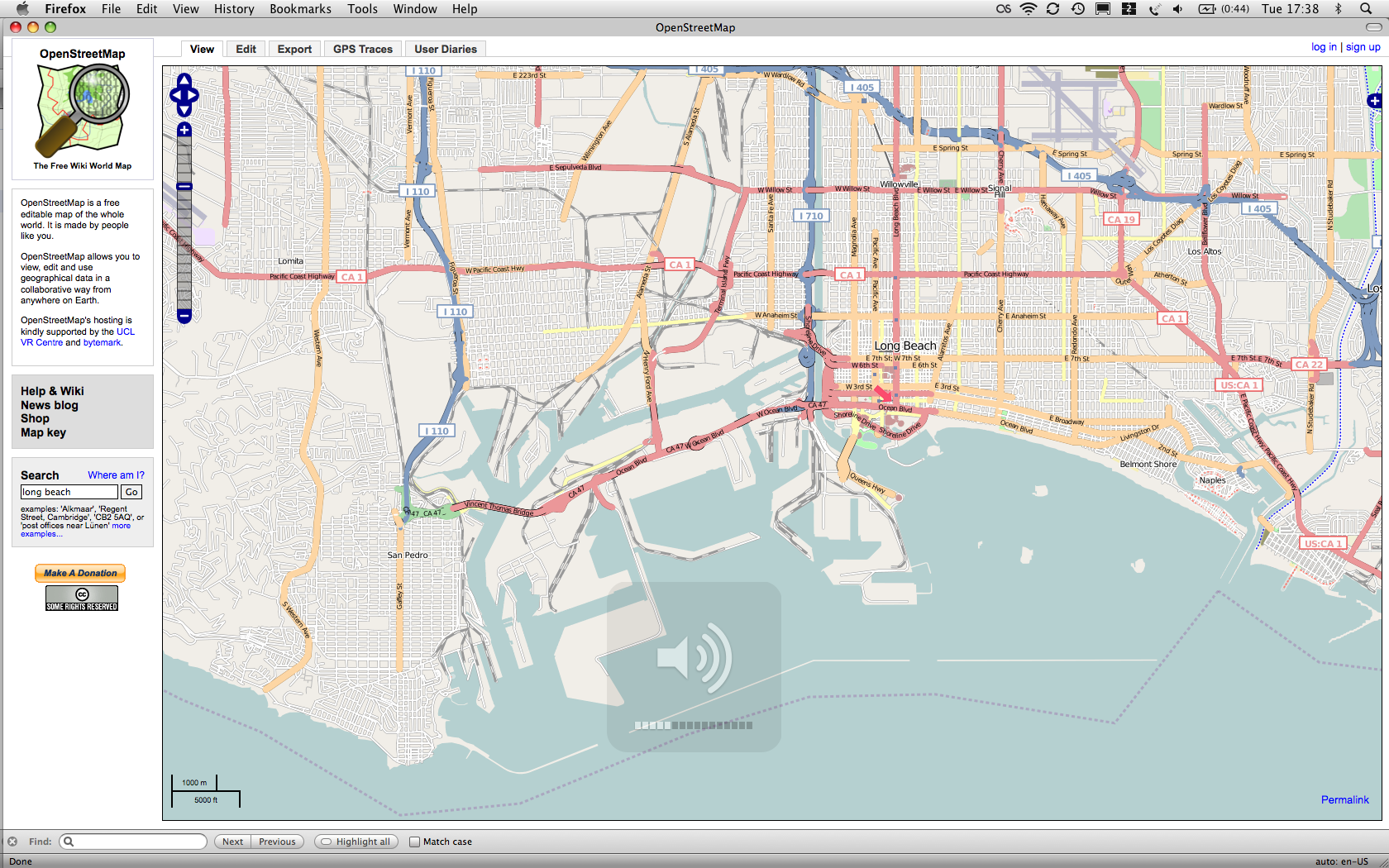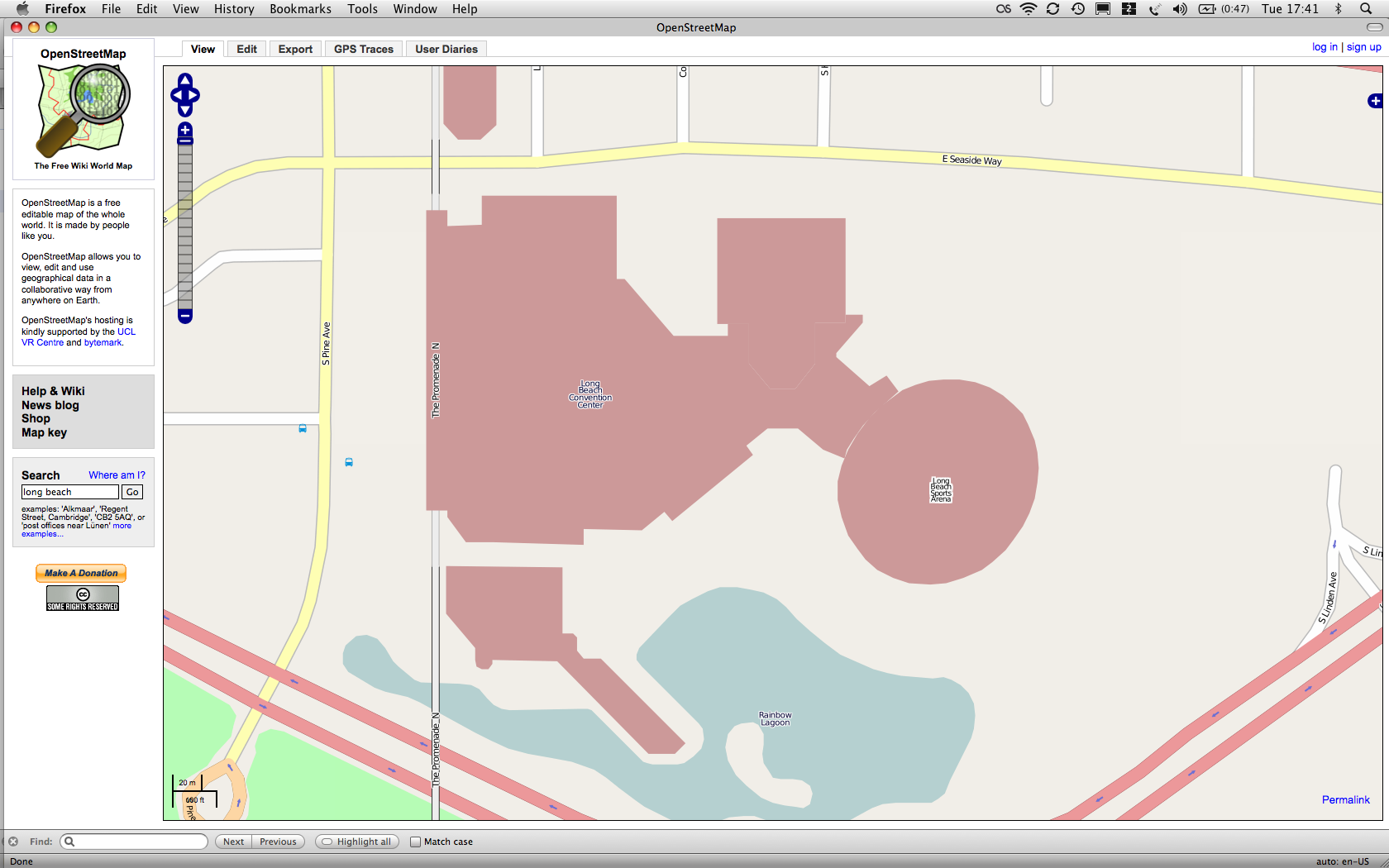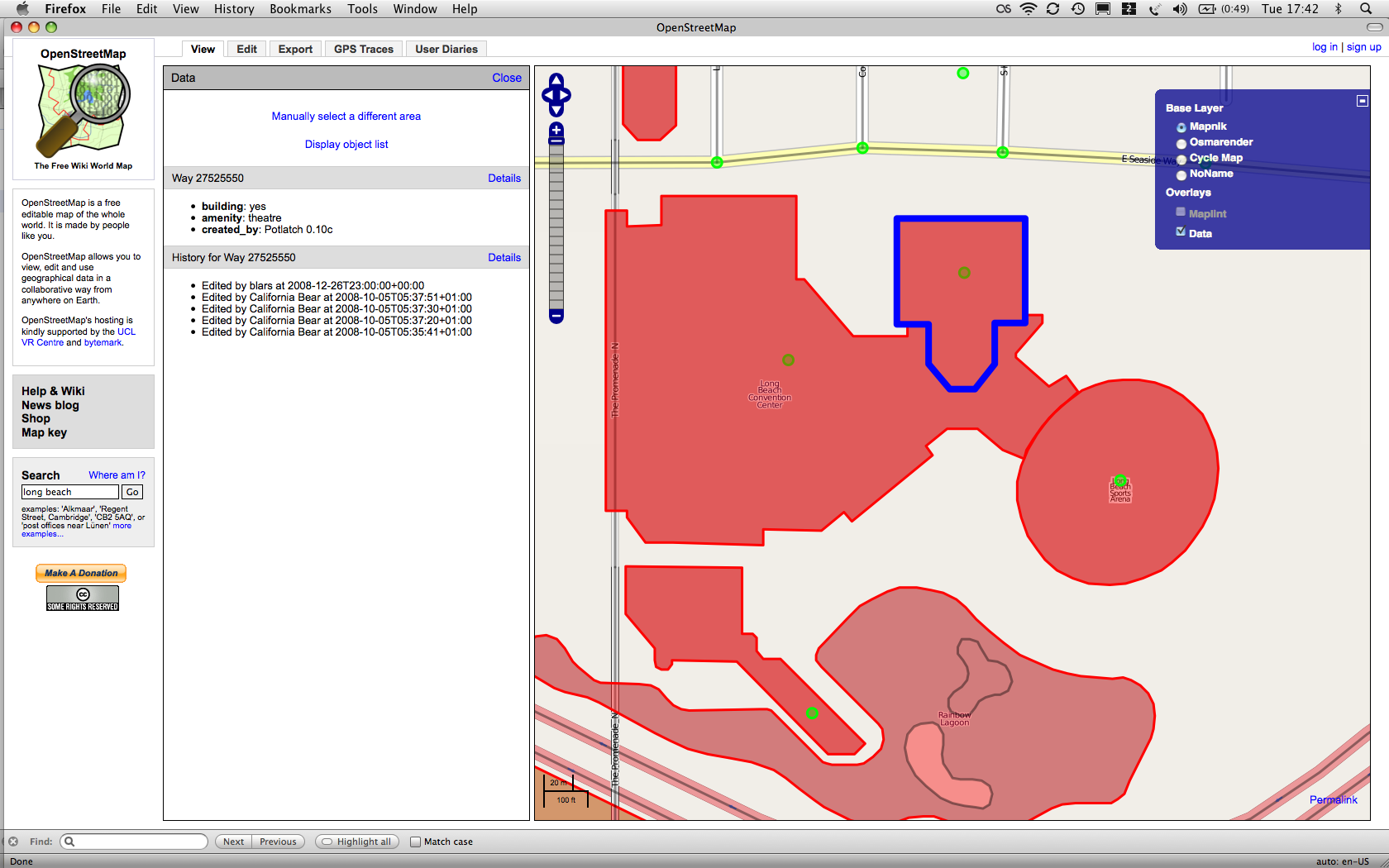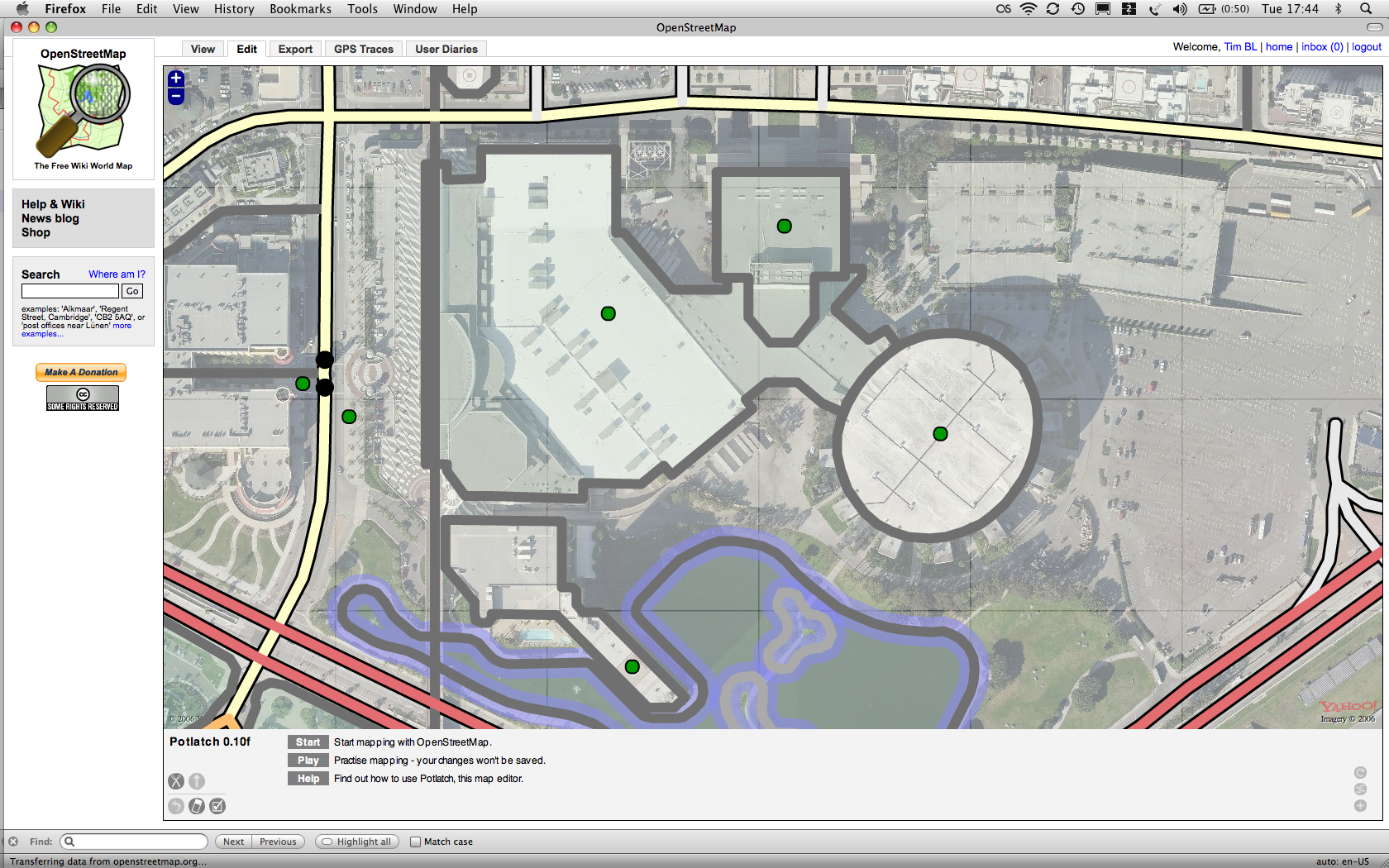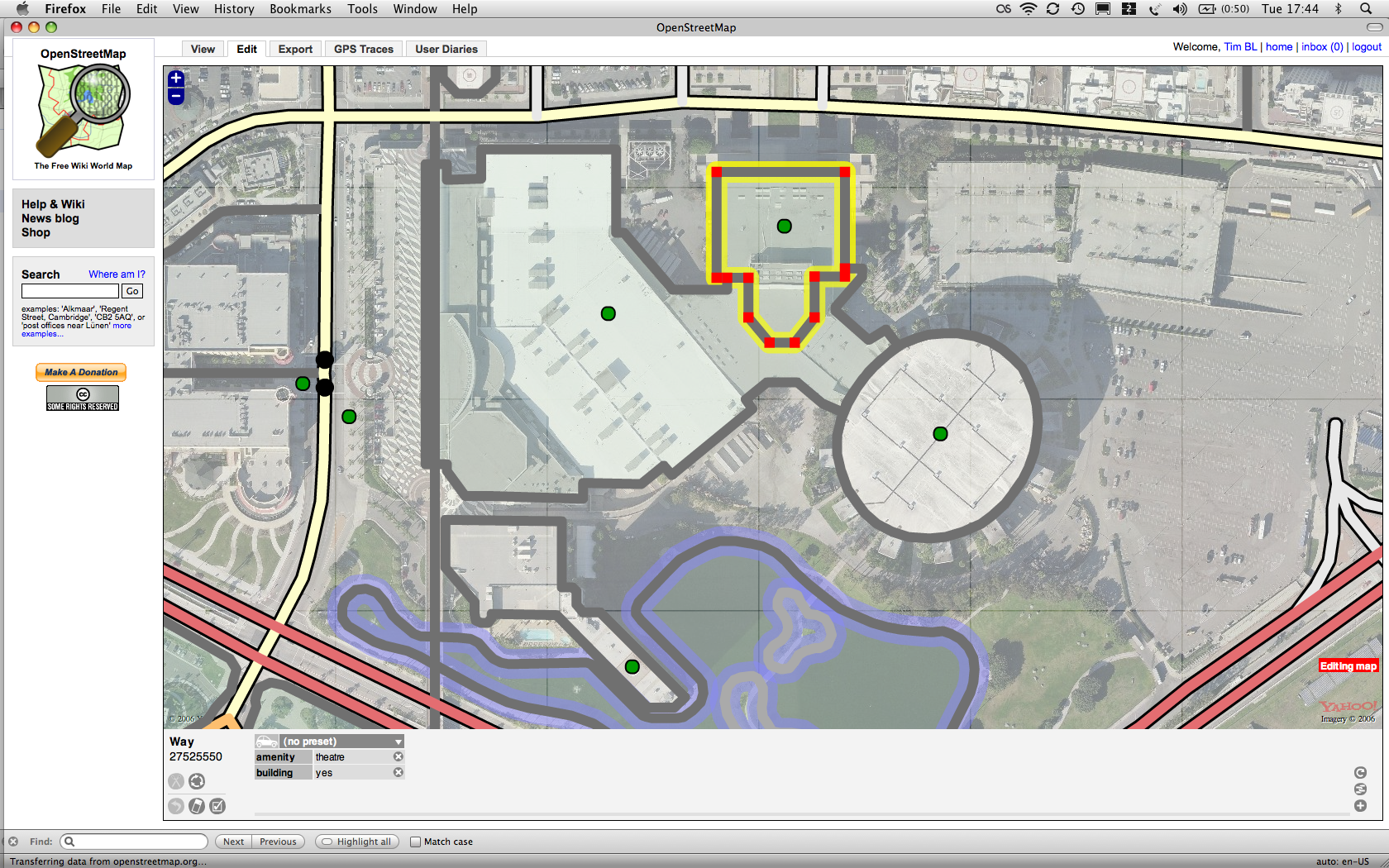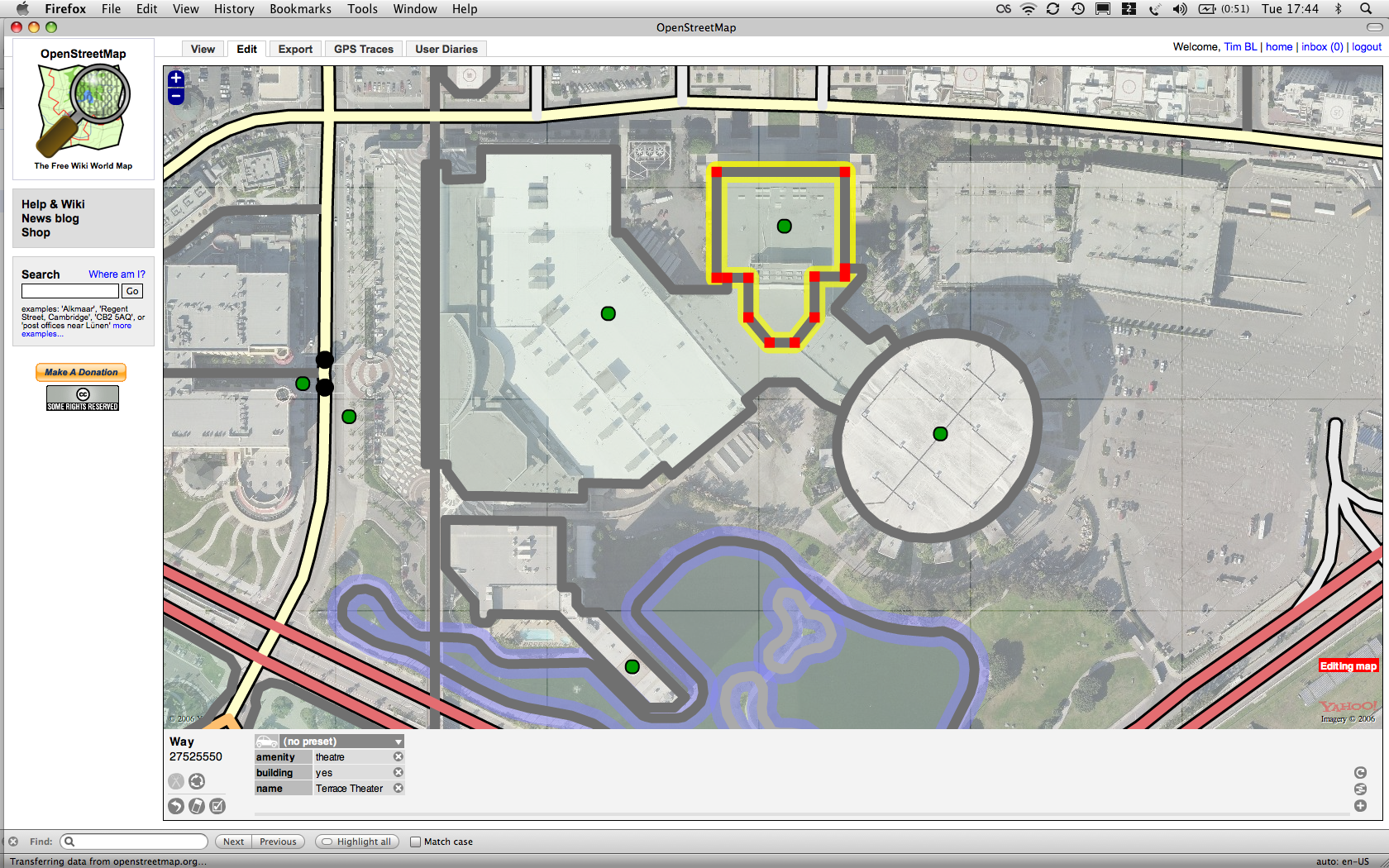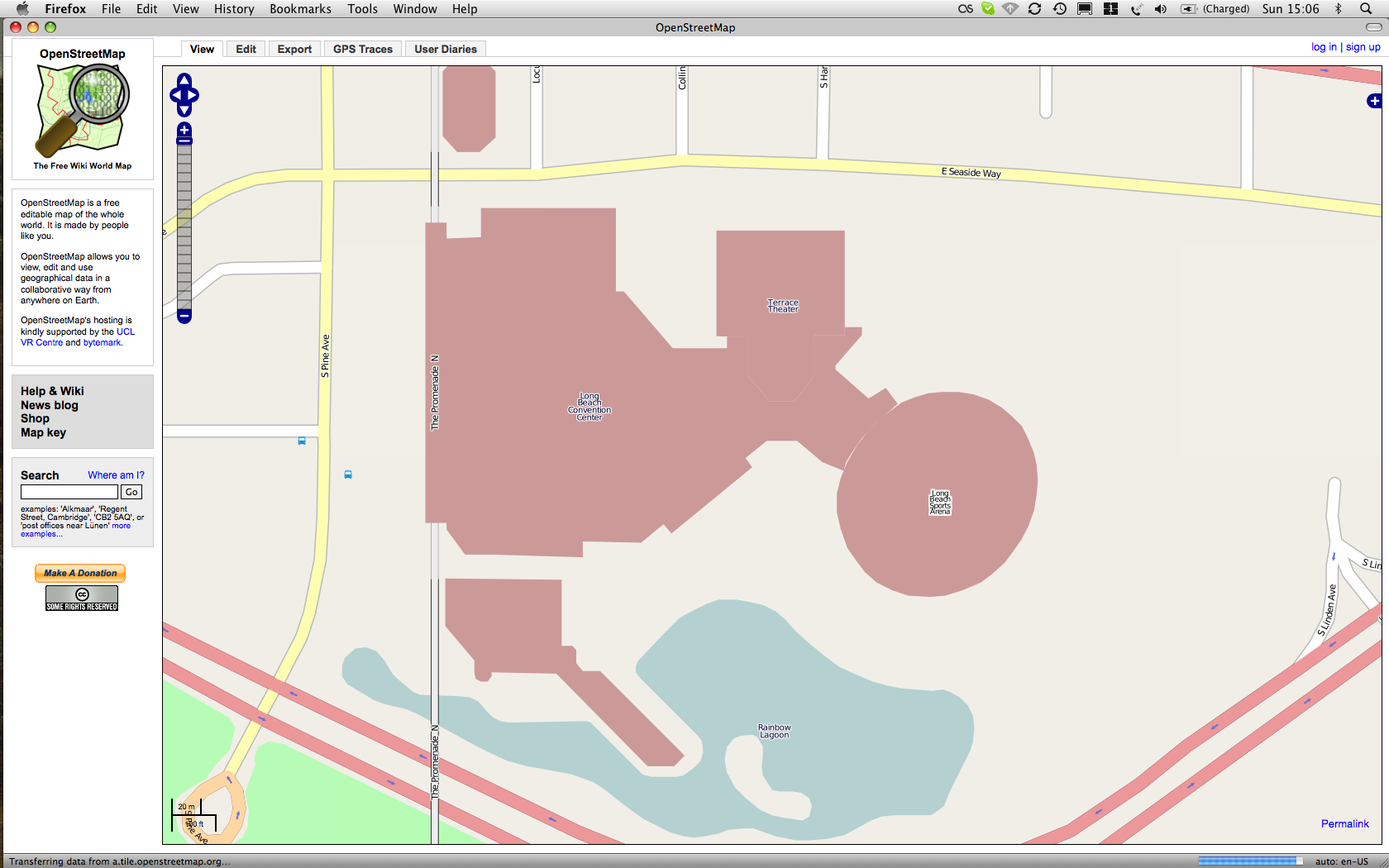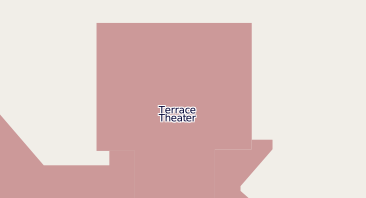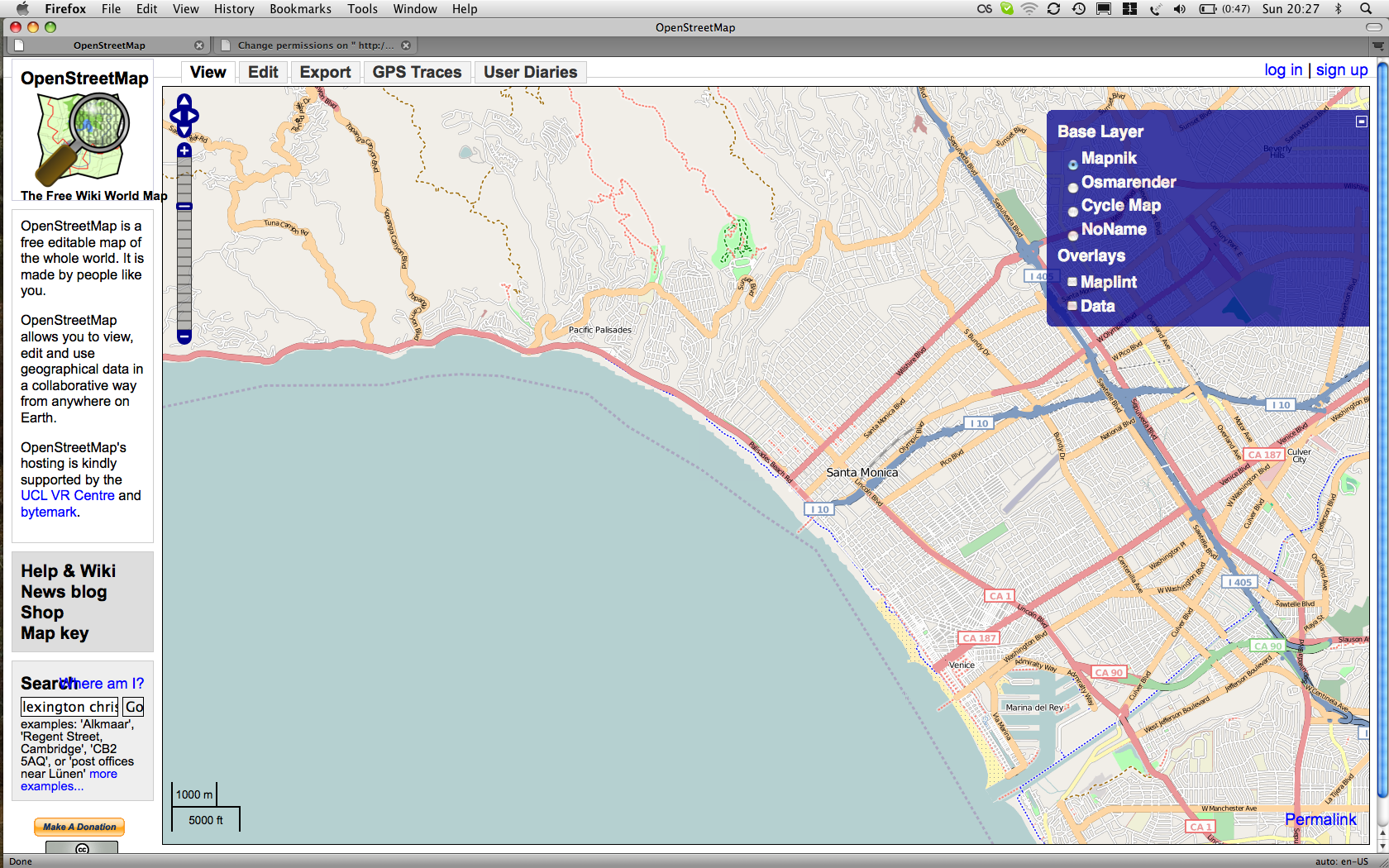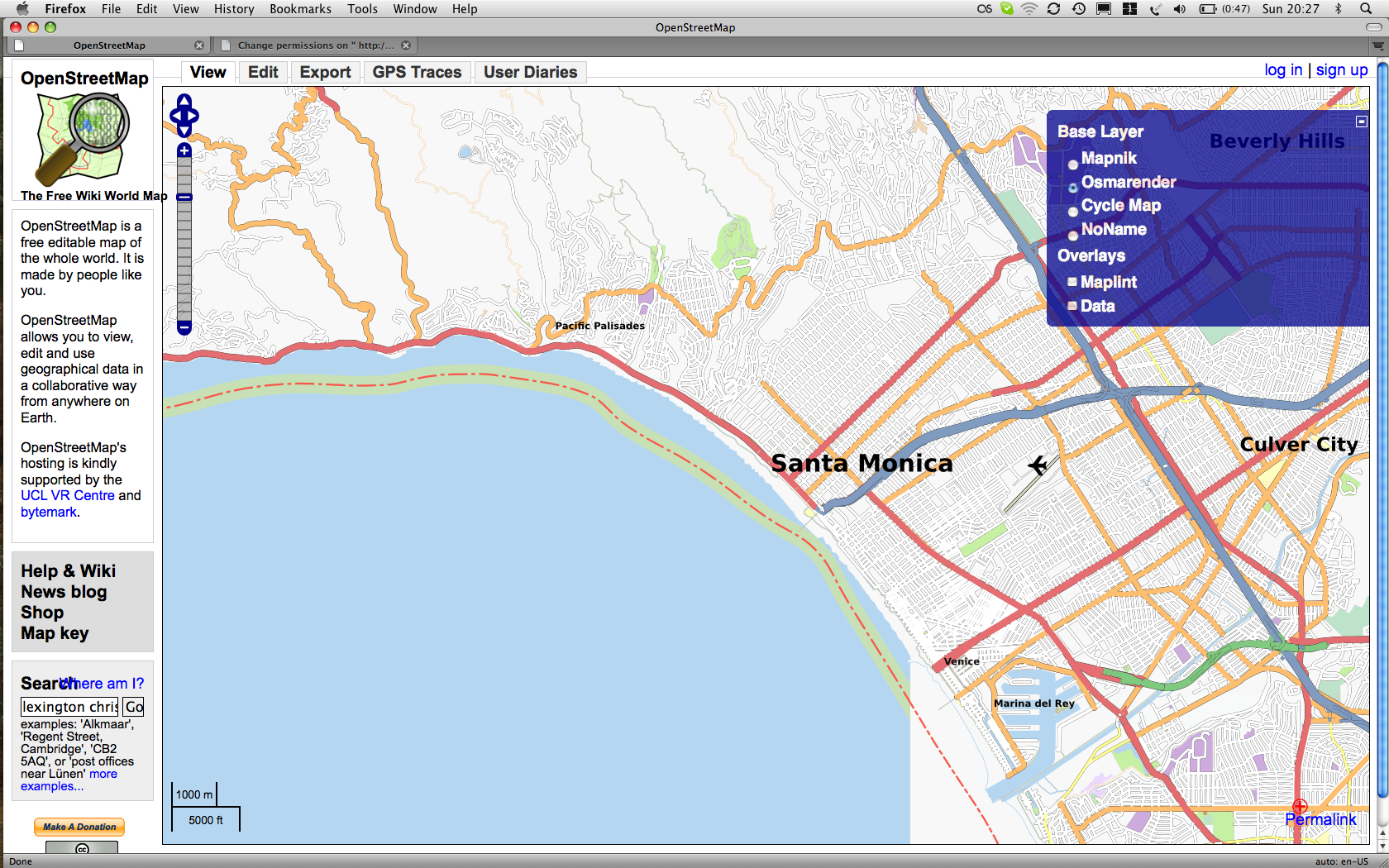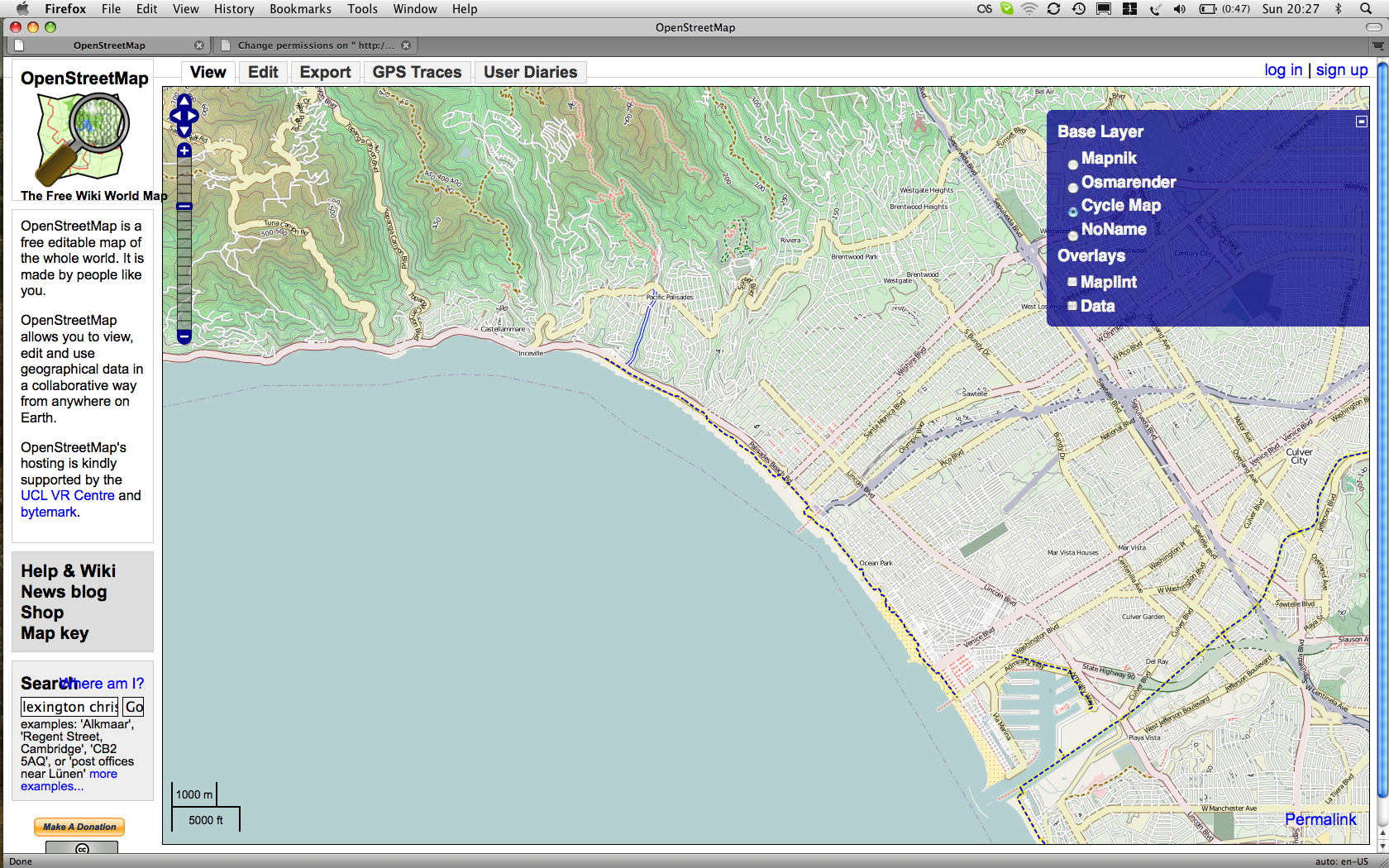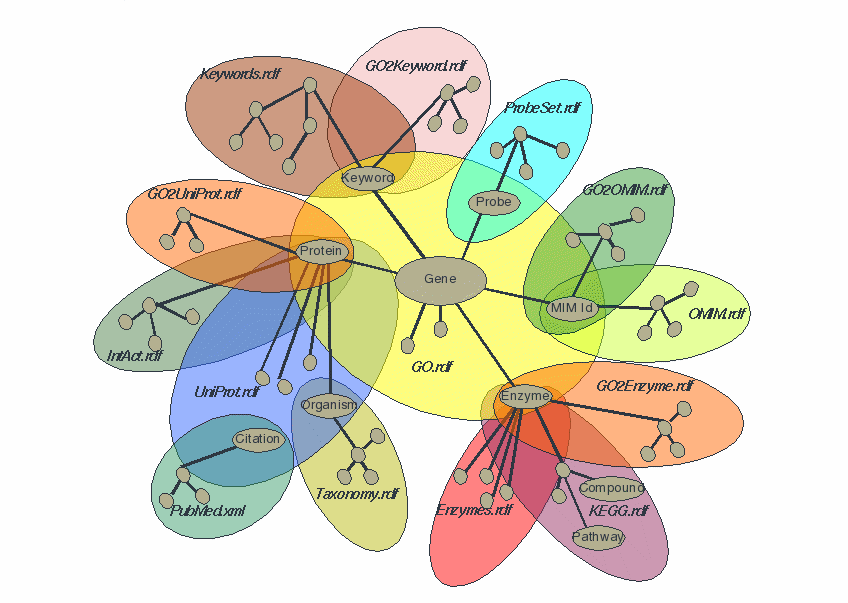Linked Data and Healthcare and Life Sciences
http://www.w3.org/2009/Talks/0226-cshals-tbl/
Tim Berners-Lee
MIT Computer Science & Artificial Intelligence Laboratory (CSAIL)
Southampton University School of Electronics and Computer Science
World Wide Web Consortium
CSHALS 2009
This talk
- Levels of abstractions: links to things
- Sources of data
- Software architectures
- Mixing Vocabularies
- Lessons for Healthcare IT
- Doing your bit
Layers: Link
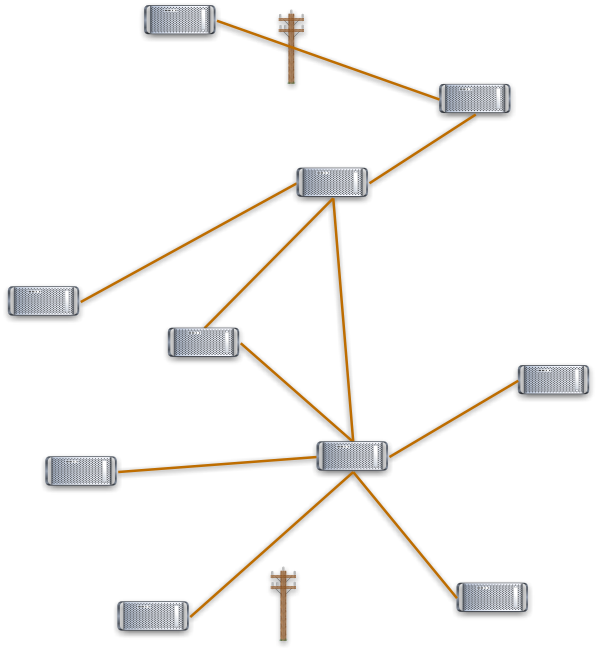
Layers: Link - 2

Layers: Net hides links

Layers: Web sites

Layers: Web hides computers

Layers: Semantic Web
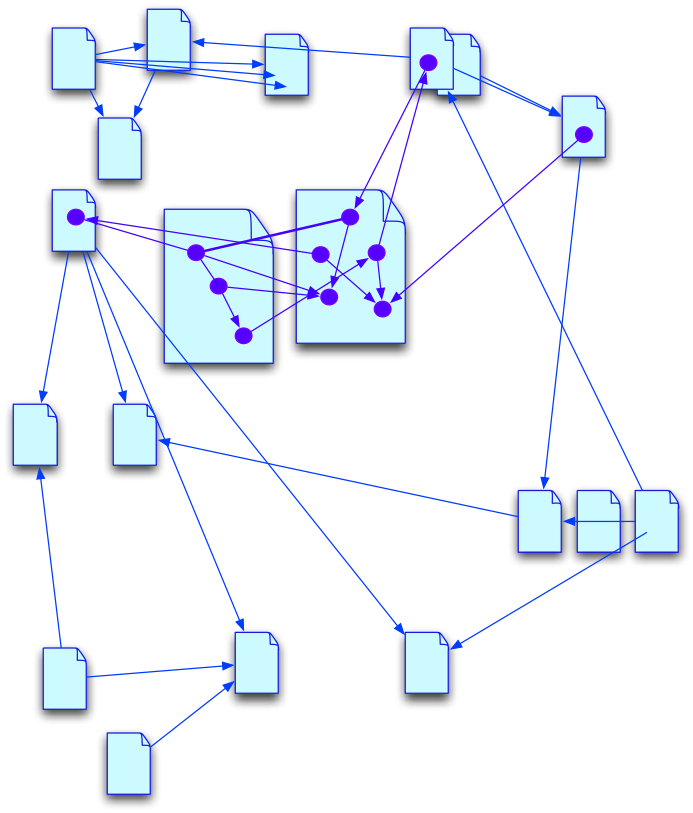
Layers: Semantic Web
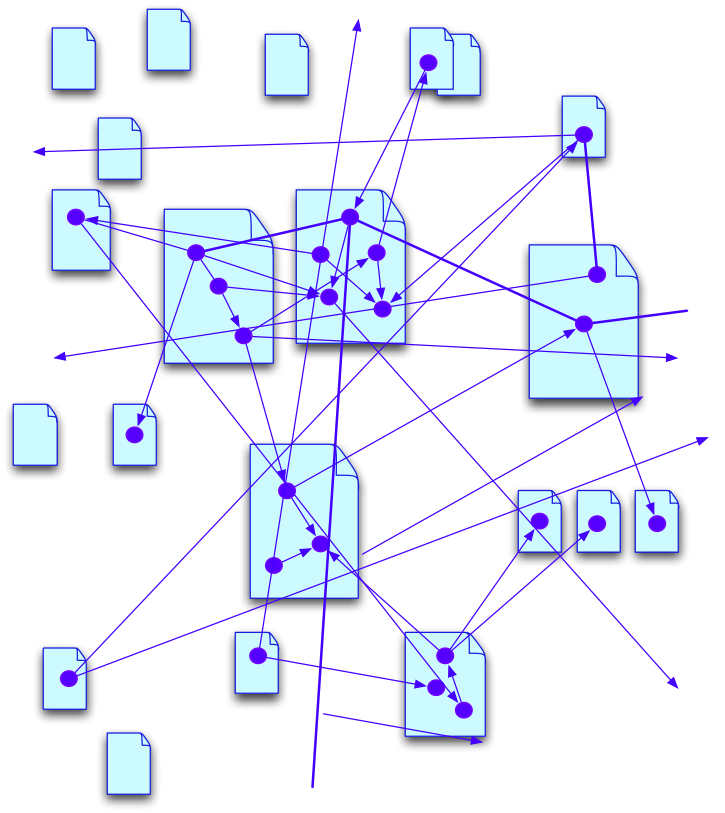
Layers: Semantic Web hides documents

Layers: Semantic Web

Atomic relation

Under the hood 1: Errors

Under the Hood 2: Trust - Provenance

that said...TheSemantic Web abstraction

Doing stuff with data
 [Dr. Hans Rosling, Professor of Global Health,
Karolinska Institute, Sweden; Gapminder.org]
[Dr. Hans Rosling, Professor of Global Health,
Karolinska Institute, Sweden; Gapminder.org]
 [Flower analogy: Dr. Hans Rosling, Professor of Global Health,
Karolinska Institute, Sweden]
[Flower analogy: Dr. Hans Rosling, Professor of Global Health,
Karolinska Institute, Sweden]
Linked Data
- Use HTTP URIs to identify things
- Serve useful data about those things
- ..using URIs on other people's systems
Linking = to use, in your data, URIs for objects as described on
other sites
Incentive: Reuse in ways you could never imagine.
 [Chris Bizer, Richard Cyganiak, et.al.]
[Chris Bizer, Richard Cyganiak, et.al.]
The Linked Data Mouvement
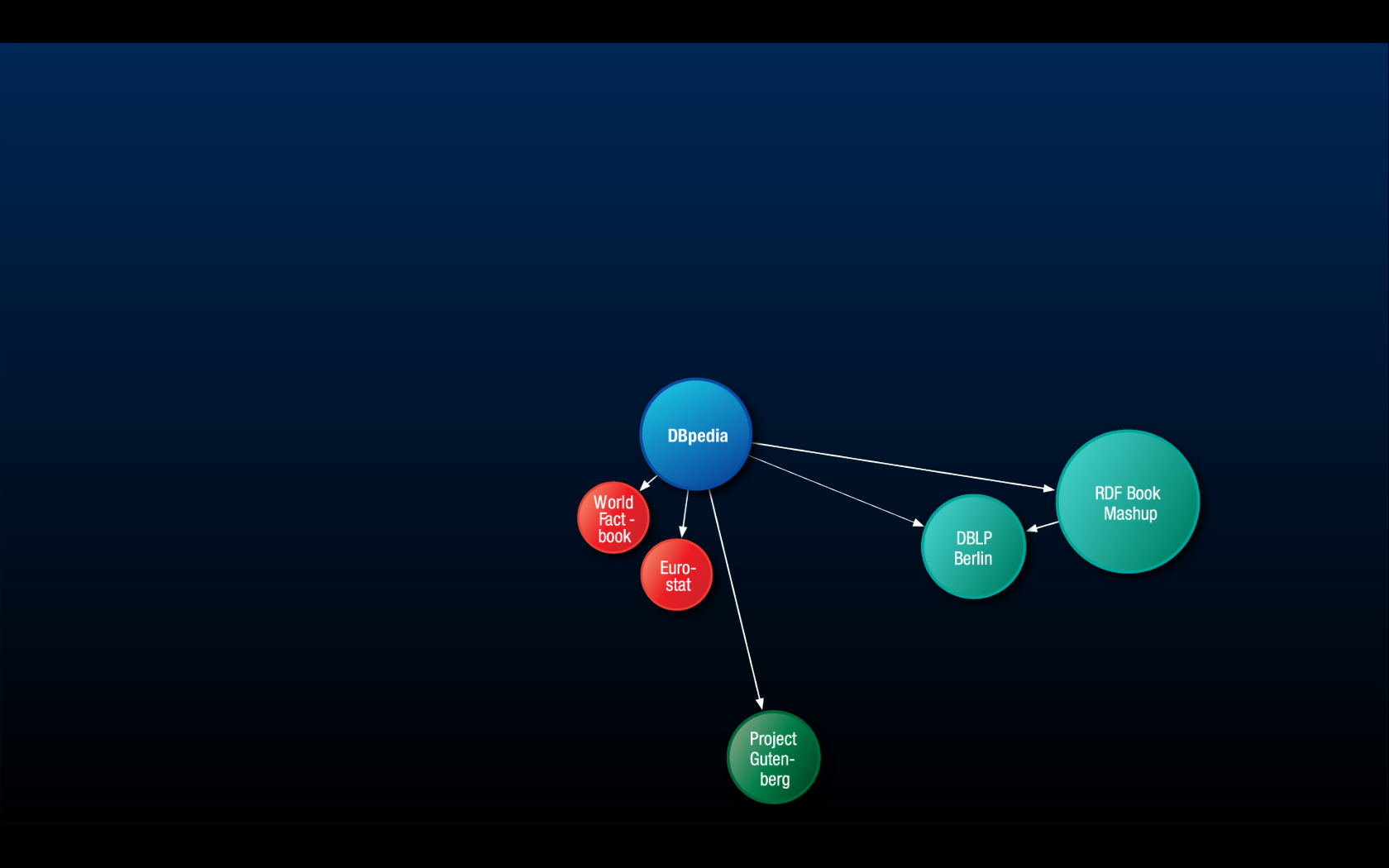 [Richard Cyganiak, DERI]
[Richard Cyganiak, DERI]
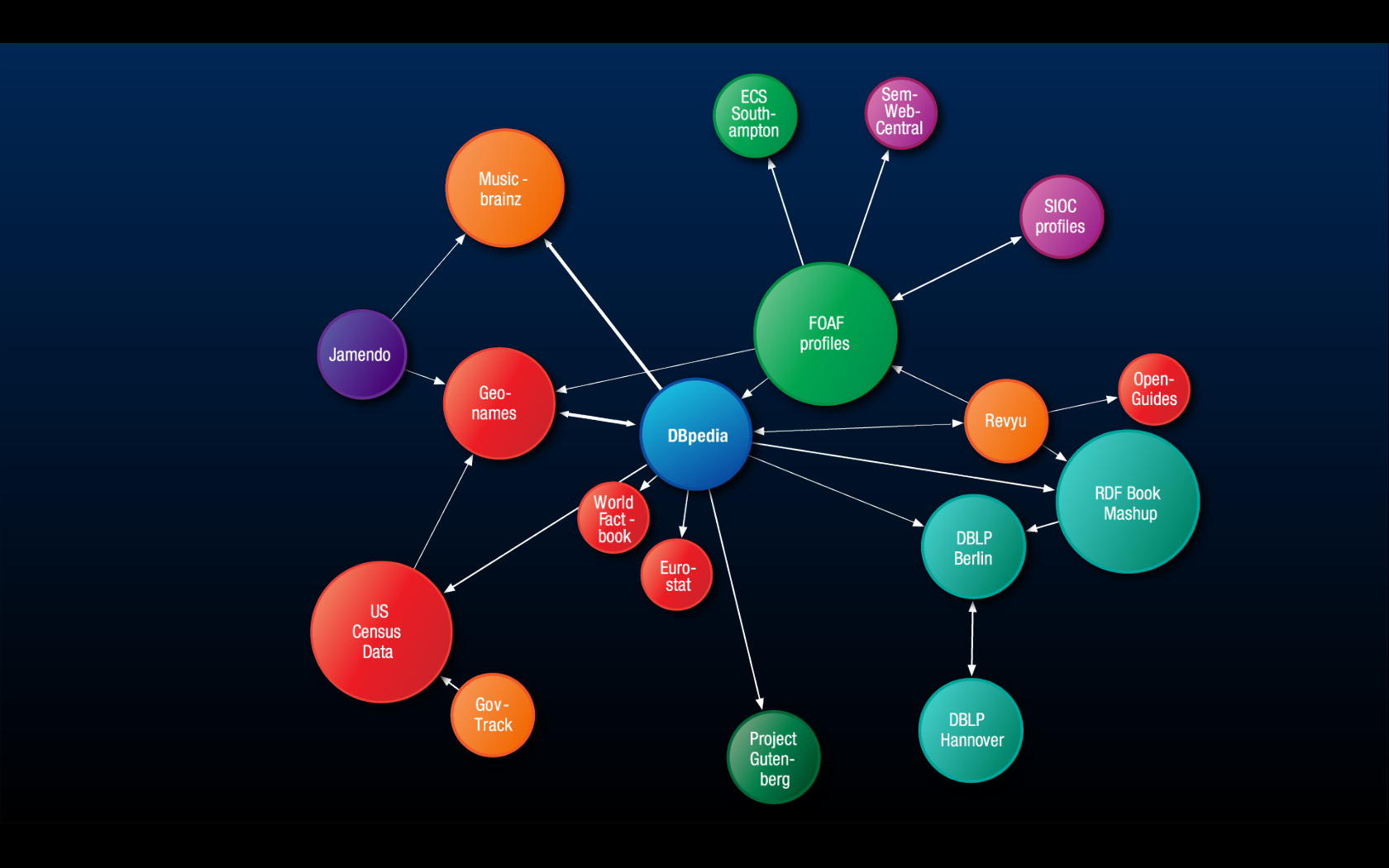 [Richard Cyganiak, DERI]
[Richard Cyganiak, DERI]
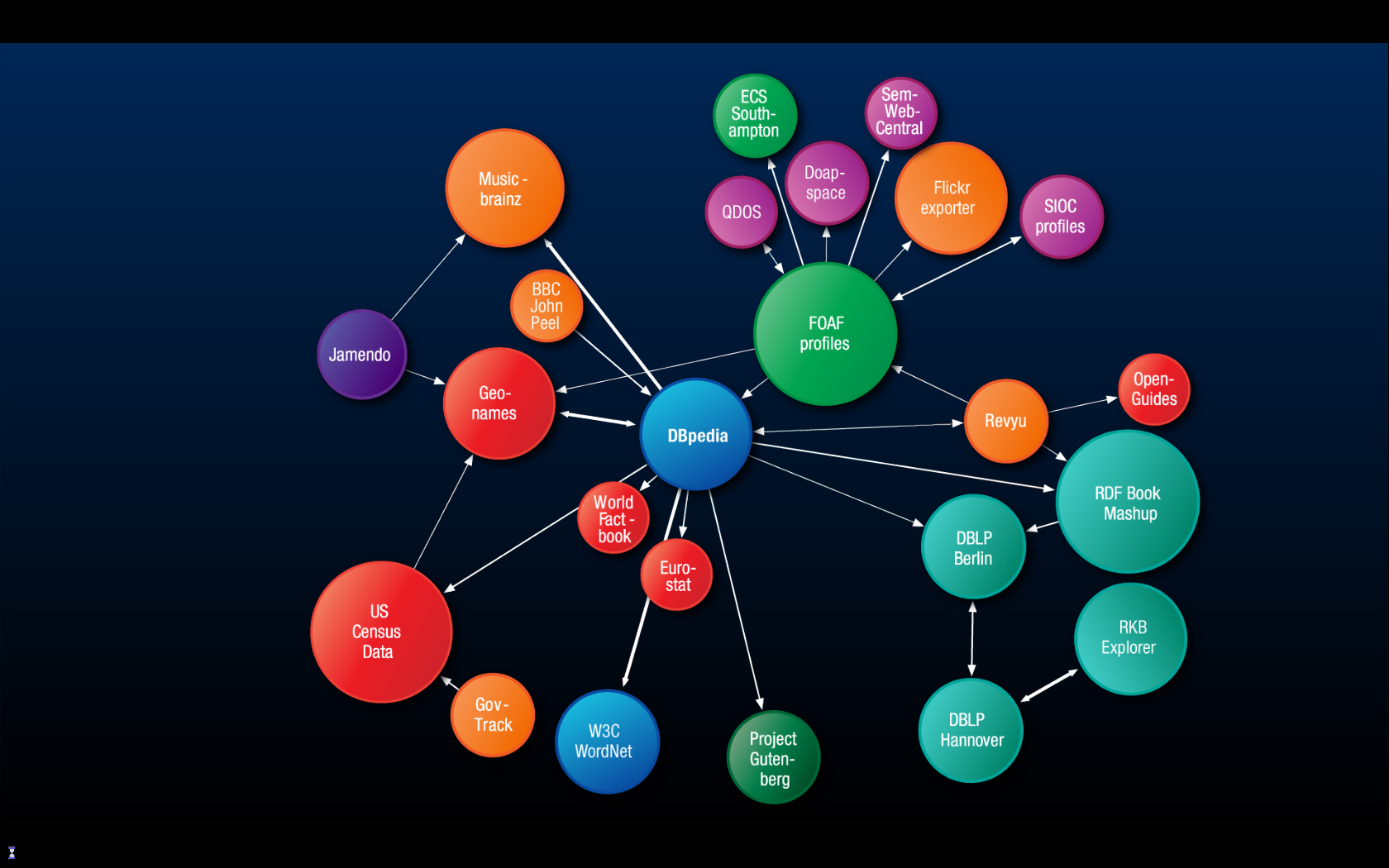 [Richard Cyganiak, DERI]
[Richard Cyganiak, DERI]
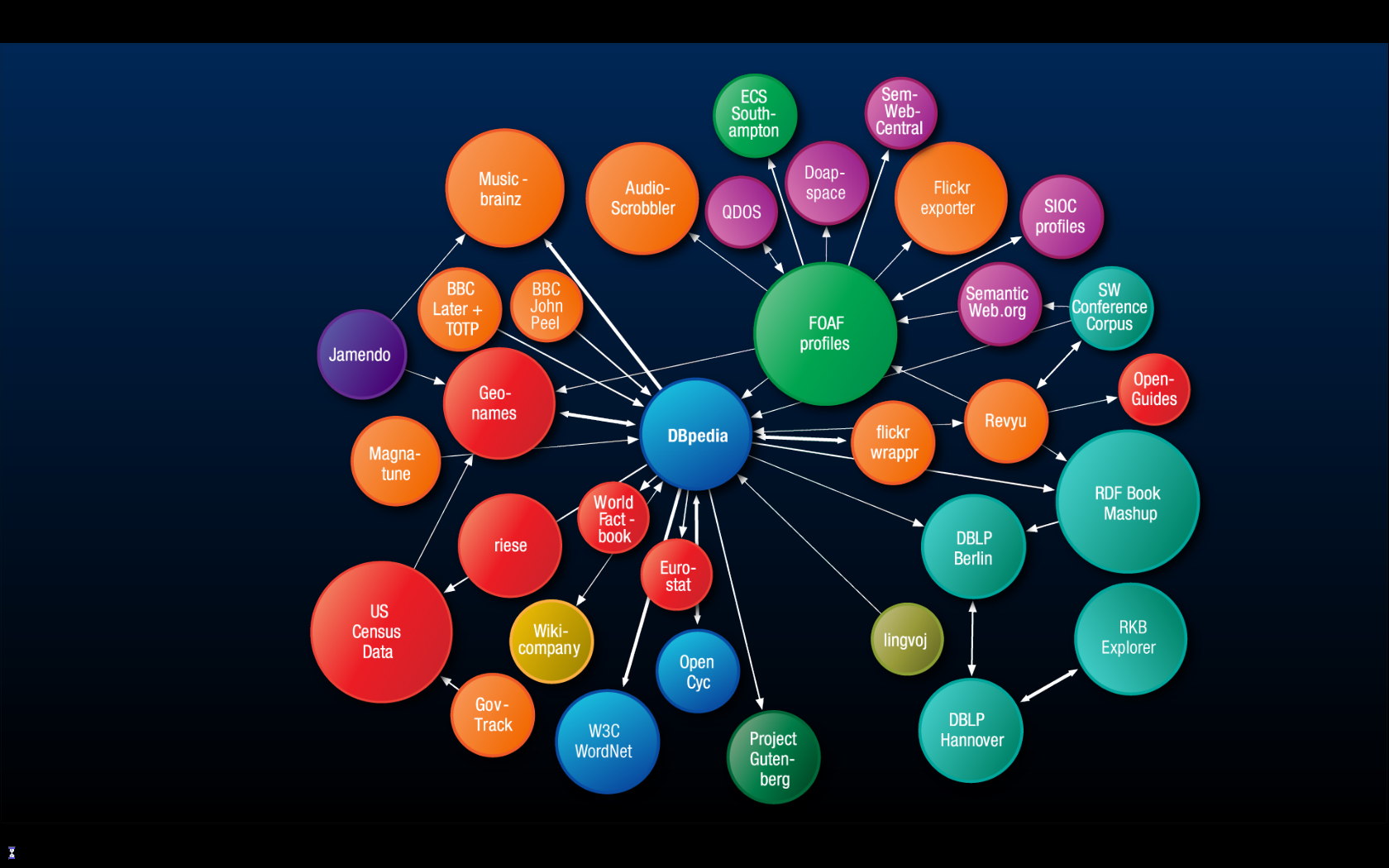 [Richard Cyganiak, DERI]
[Richard Cyganiak, DERI]
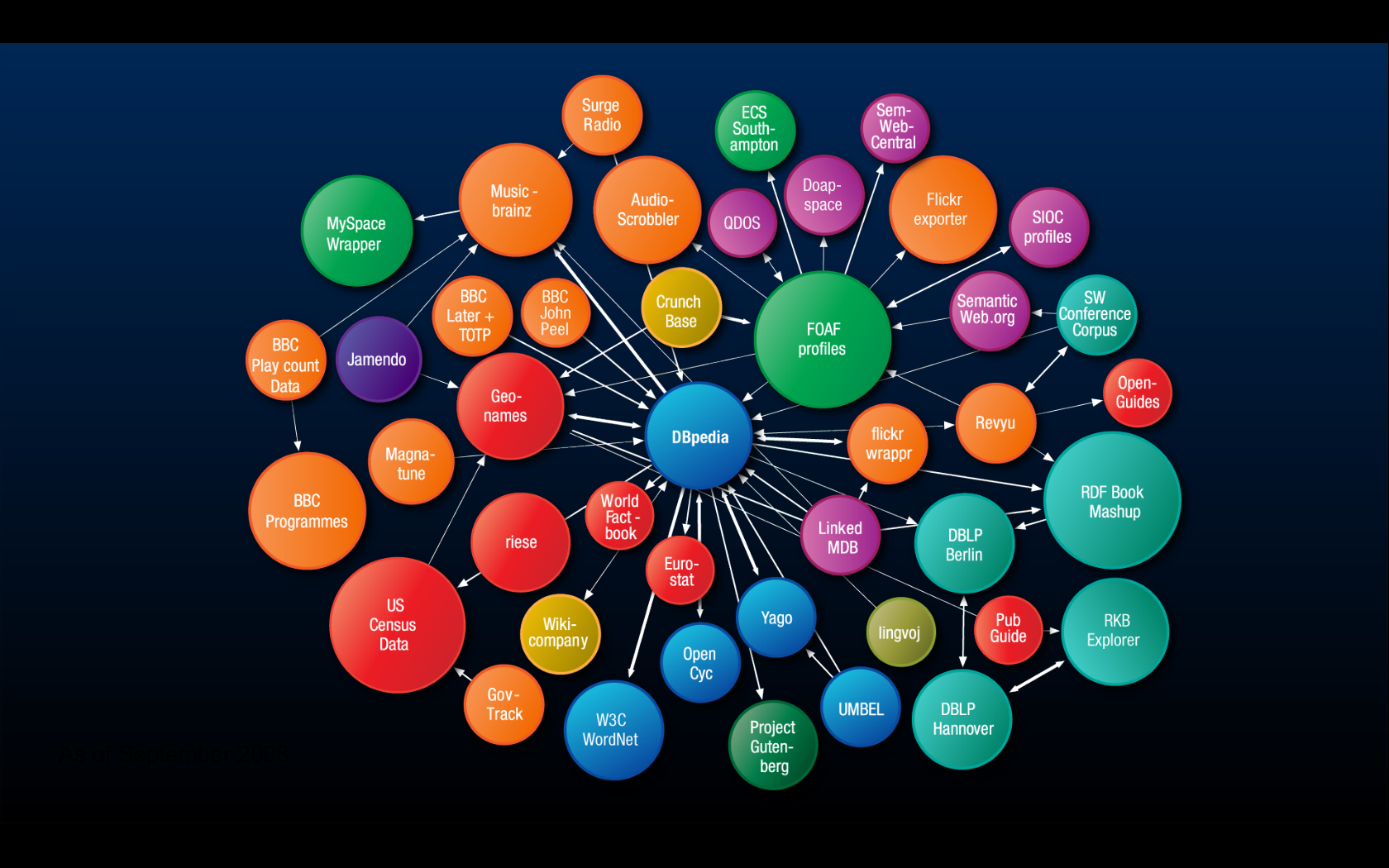 [Richard Cyganiak, DERI]
[Richard Cyganiak, DERI]
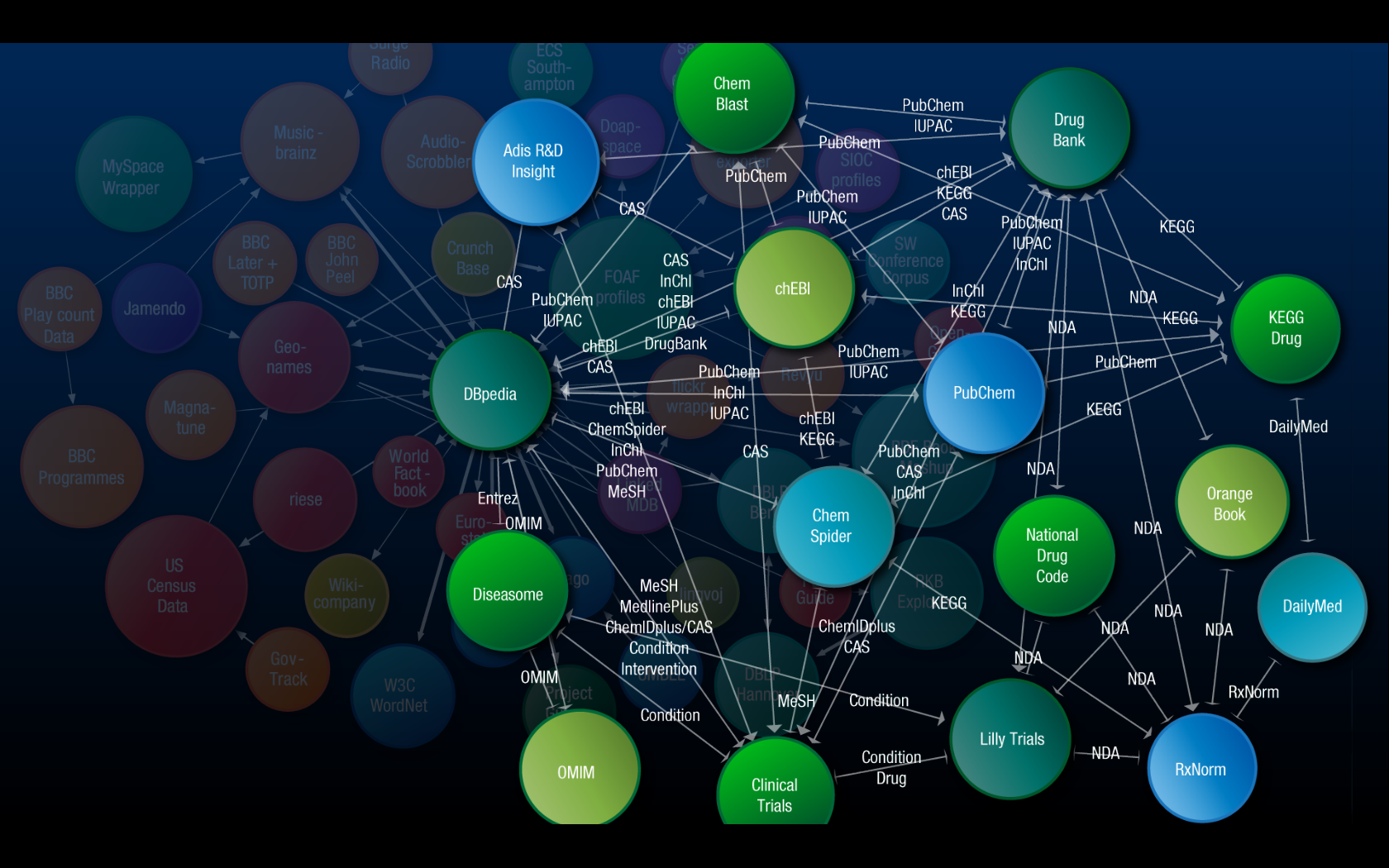 [Richard Cyganiak, DERI]
[Richard Cyganiak, DERI]
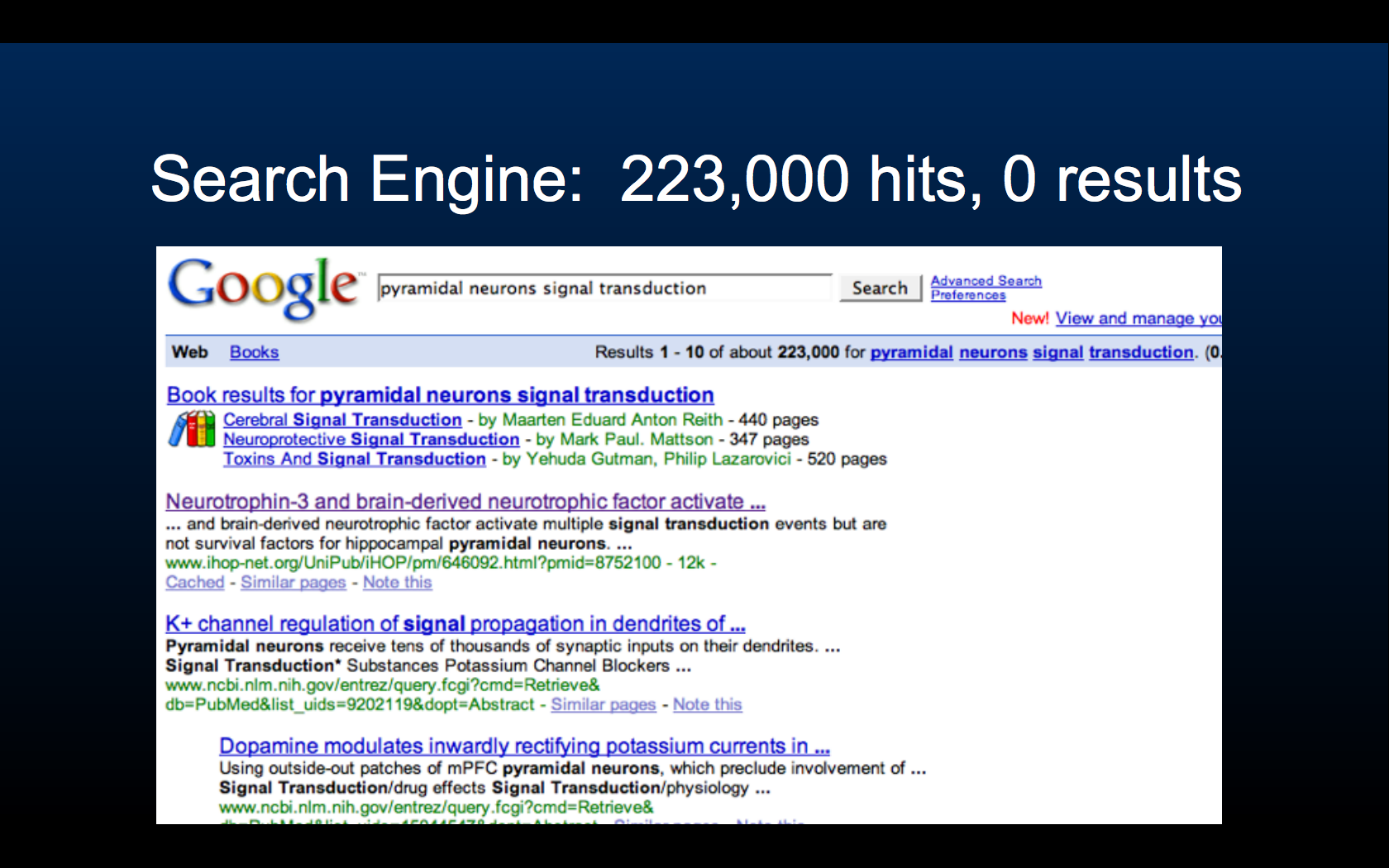 [W3C Healthcare & Life Sciences Interest Group, Alan Ruttenburg, Jonathan Rees.]
[W3C Healthcare & Life Sciences Interest Group, Alan Ruttenburg, Jonathan Rees.]
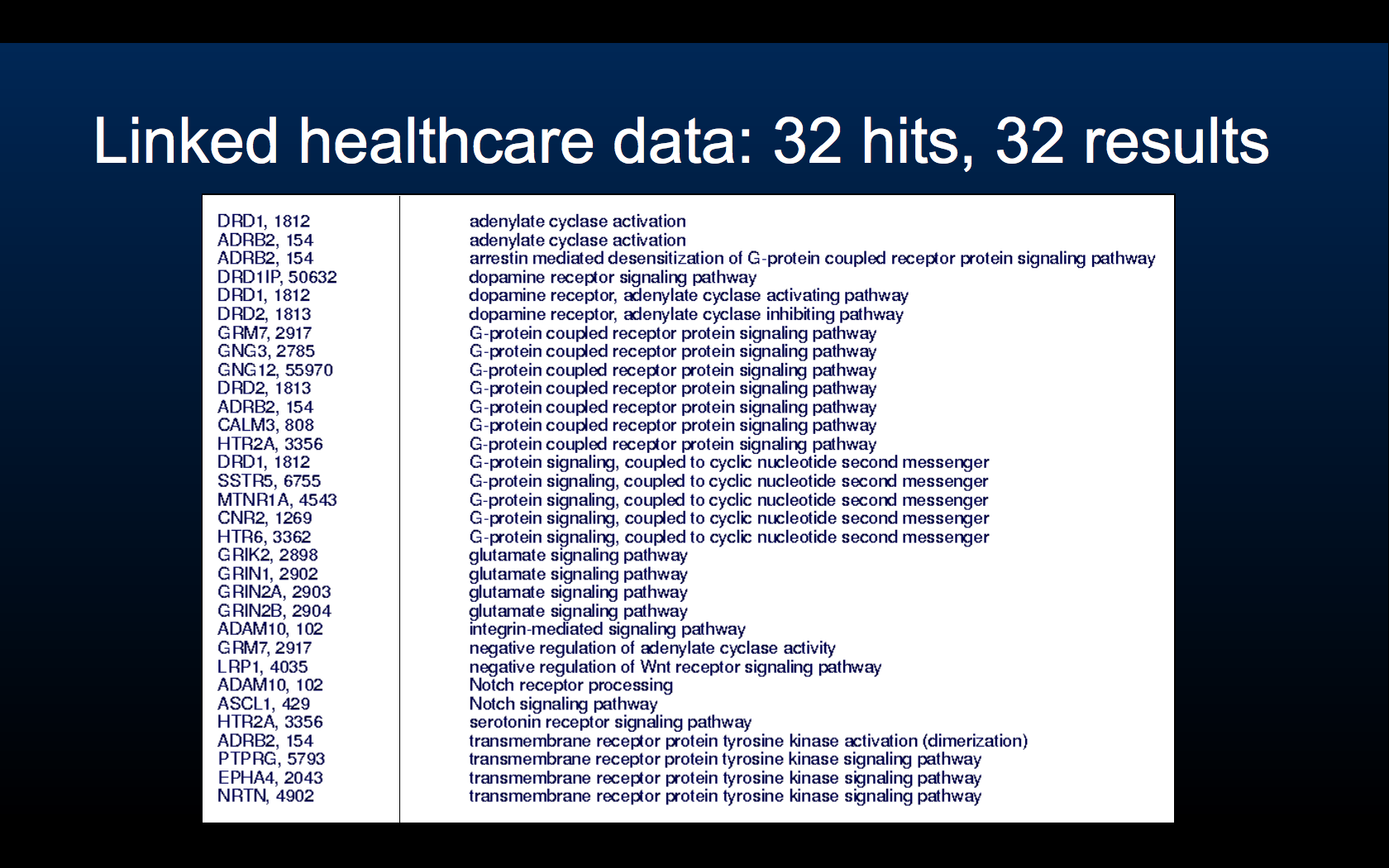 [W3C Healthcare & Life Sciences Interest Group, Alan Ruttenburg, Jonathan Rees.]
[W3C Healthcare & Life Sciences Interest Group, Alan Ruttenburg, Jonathan Rees.]
Government Data
- Obama commits to US data on the Internet
- UK Office of Public Sector Information
- Your town/state/national governement? UN?!!
- This is our data
- Give us the RAW DATA NOW
- ... before making fancy front end.
Social Network Data
 [Art: David Simonds. Originally for Economist mag. Used by permission]
[Art: David Simonds. Originally for Economist mag. Used by permission]
Community Data
It is a huge world
- Managing your own data
- "Intergrative Informatics" within your company
- Peer-peer exchange within the Healthcare sector
- Reuse across sectors
- Reuse across nations
So..
- Use the same SW standards across these levels.
- Get the benefit of unexpected reuse at each scale.
Healthcare data is one of many many fields with data to be linked
Mixing Vocabularies
Message mixes vocabulary from many cultures
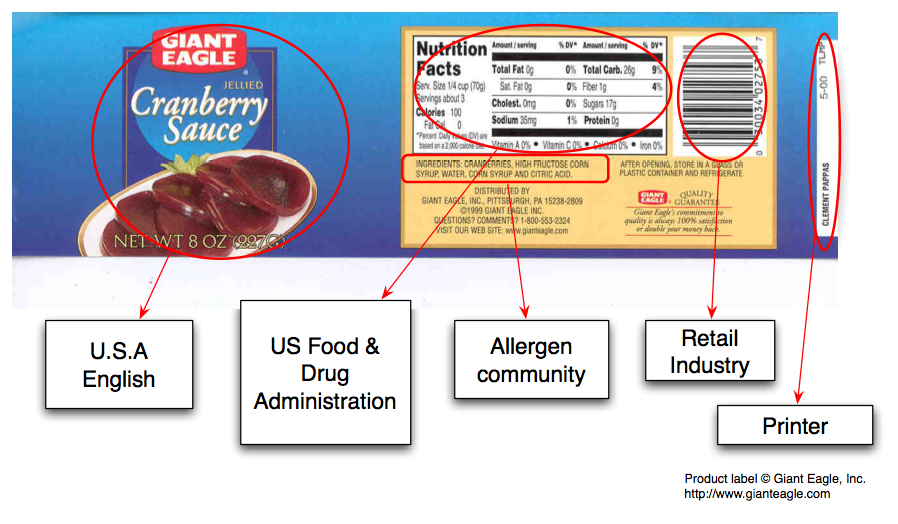
Data mixing: Term by term
| dc:title |
Data Integration and Transparency |
| cc:license |
<http://creativecommons.org/licenses/by-nc/3.0/> |
| dc:creator |
| foaf:name |
Tim Berners-Lee |
| foaf:homepage |
<http://ww.w3.org/People/Berners-Lee> |
| foaf:email |
<mailto:timbl@w3.org> |
|
| tk:event |
| dt:start |
2007-06-12T09:00 |
| dt:end |
2007-06-12T10:00 |
| dt:summary |
W3C-WSRI eGovernment workshop |
| geo:lat |
38.9 |
| geo:long |
-77 |
|
| tk:slides |
<http://www.w3.org/2007/Talks/0618-egov-tbl> |
| tim:slideCount |
12 |
One item may involve data from many ontologies
Healthcare Applications in fact share concepts
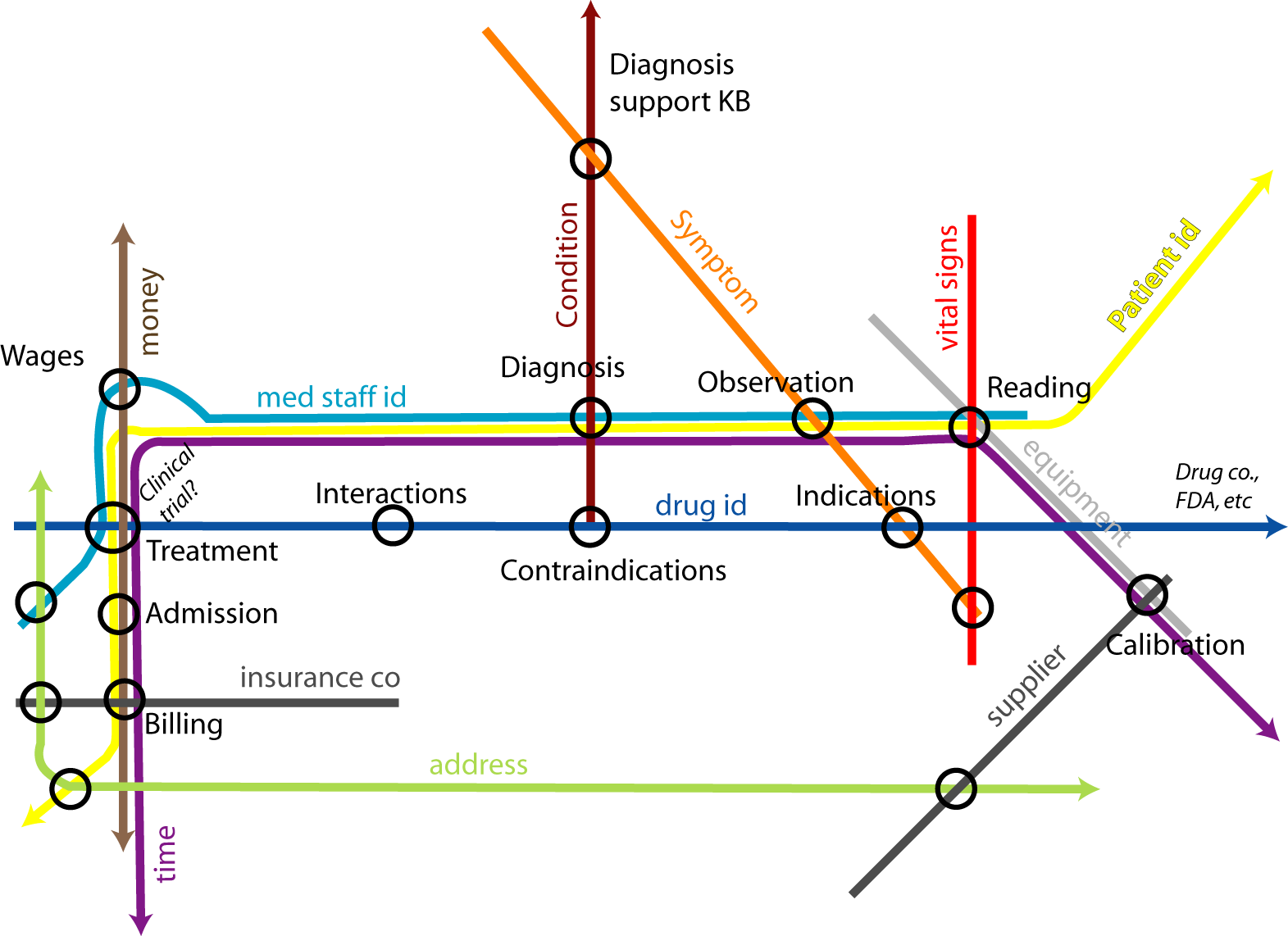
Mixture of international, national, industry and local terms
The tradeoff
| Local |
Wider |
| Local reuse only |
Wider reuse |
| Local terms |
Global or shared terms |
| Fast |
Takes effort |
|
|
Software Architectures
Software Architectures
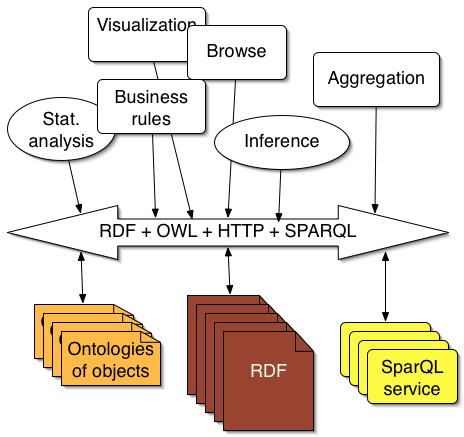
Reuse in unimagined ways
Components: Adapting random files
Keep your existing systems running - adapt them
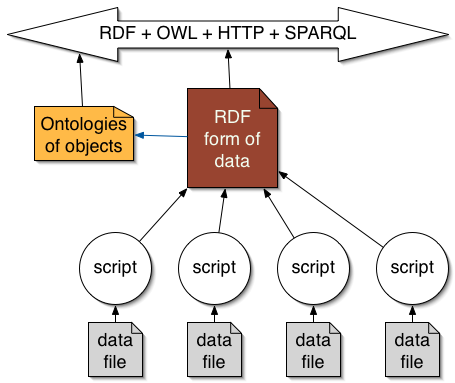
Components: Triple store
Virtual severs actually figure stuff out as well as look up data
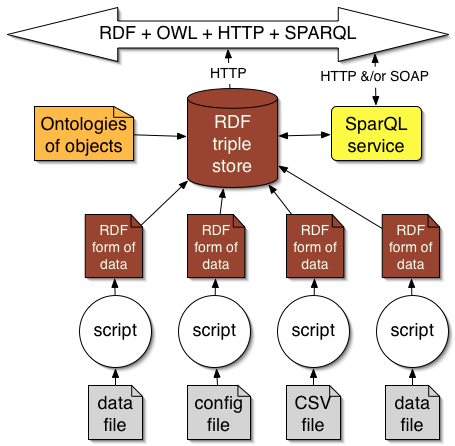
Adapting SQL Databases
Keep your existing systems running - adapt them
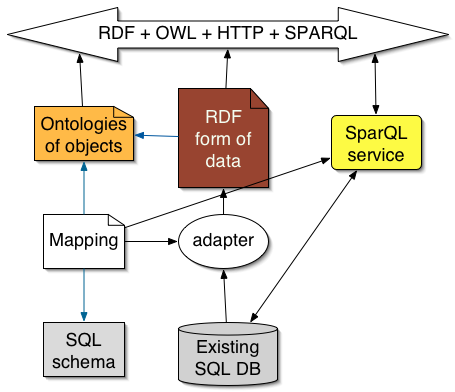
Probably the biggest unmet need for commercial SW Tools is in this area
See RDB2RDF work at W3C
Adapting XML
Remember- RDF on an HTTP server can always be virtual
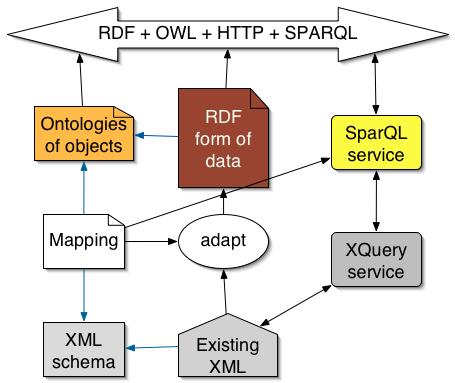
Adapting XML: GRDDL
Remember- RDF on an HTTP server can always be virtual
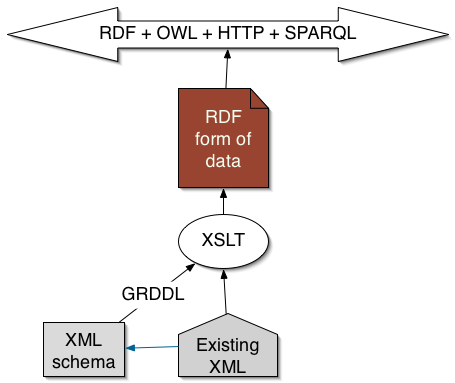
Components: Smart servers
Virtual severs actually figure stuff out as well as look up data
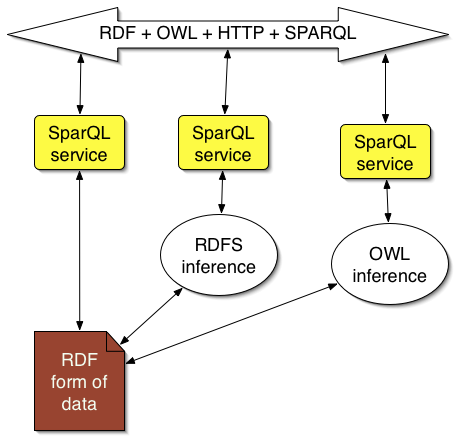
Data Bus: Standards Roadmap
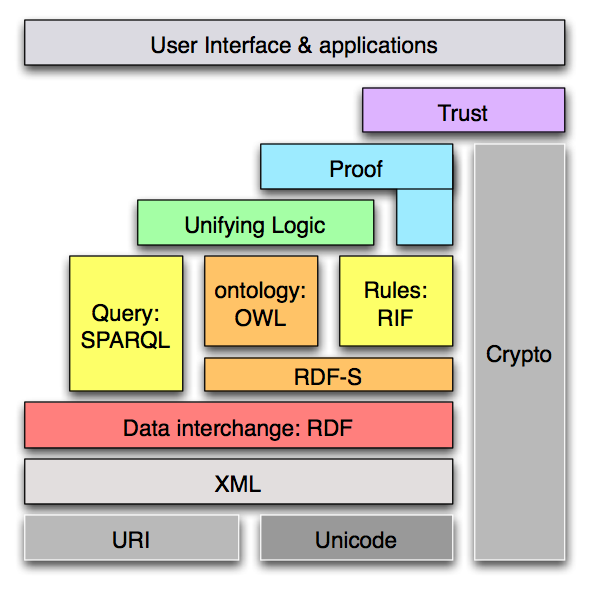
Linked Data -recap
- Use HTTP URIs to identify things
- Serve useful data about those things
- ..using URIs on other people's systems
Data owners should - short term
- Take inventory
- Decide priorities, most likely benefits
- Look for existing ontologies
- Don't change the way data is currently managed
- Set up standard (RDF, SPARQL) portals onto existing data
- Where necessary, adapt or write new ontology bits
Data owners should - medium term
- Look for more connections
- Work towards more sharing of terms
- Do research on top of the widely connected data
- Migrate some stuff to native RDF
- offer and ask for feeds to/from partners
Everyone should
- Demand government data as Linked Data
- Give and demand data feeds in RDF/SPARQL
Benefits
- Asking the question never asked before
- Enhance individual creativity
- Crisis response
- Programming at the graph level is more robust
- Ontologies more robust than DB,XML schemas
- CXO total view of the company
Motivations
- Making the world more efficient
- Solving problems we could never solve before
- Allowing humanity to be greater than the sum of its parts
Thank You
W3C: w3.org
Thank you for your attention
Slides: http://www.w3.org/2009/Talks/0226-cshals-tbl/














 [Dr. Hans Rosling, Professor of Global Health,
Karolinska Institute, Sweden; Gapminder.org]
[Dr. Hans Rosling, Professor of Global Health,
Karolinska Institute, Sweden; Gapminder.org]
 [Flower analogy: Dr. Hans Rosling, Professor of Global Health,
Karolinska Institute, Sweden]
[Flower analogy: Dr. Hans Rosling, Professor of Global Health,
Karolinska Institute, Sweden]
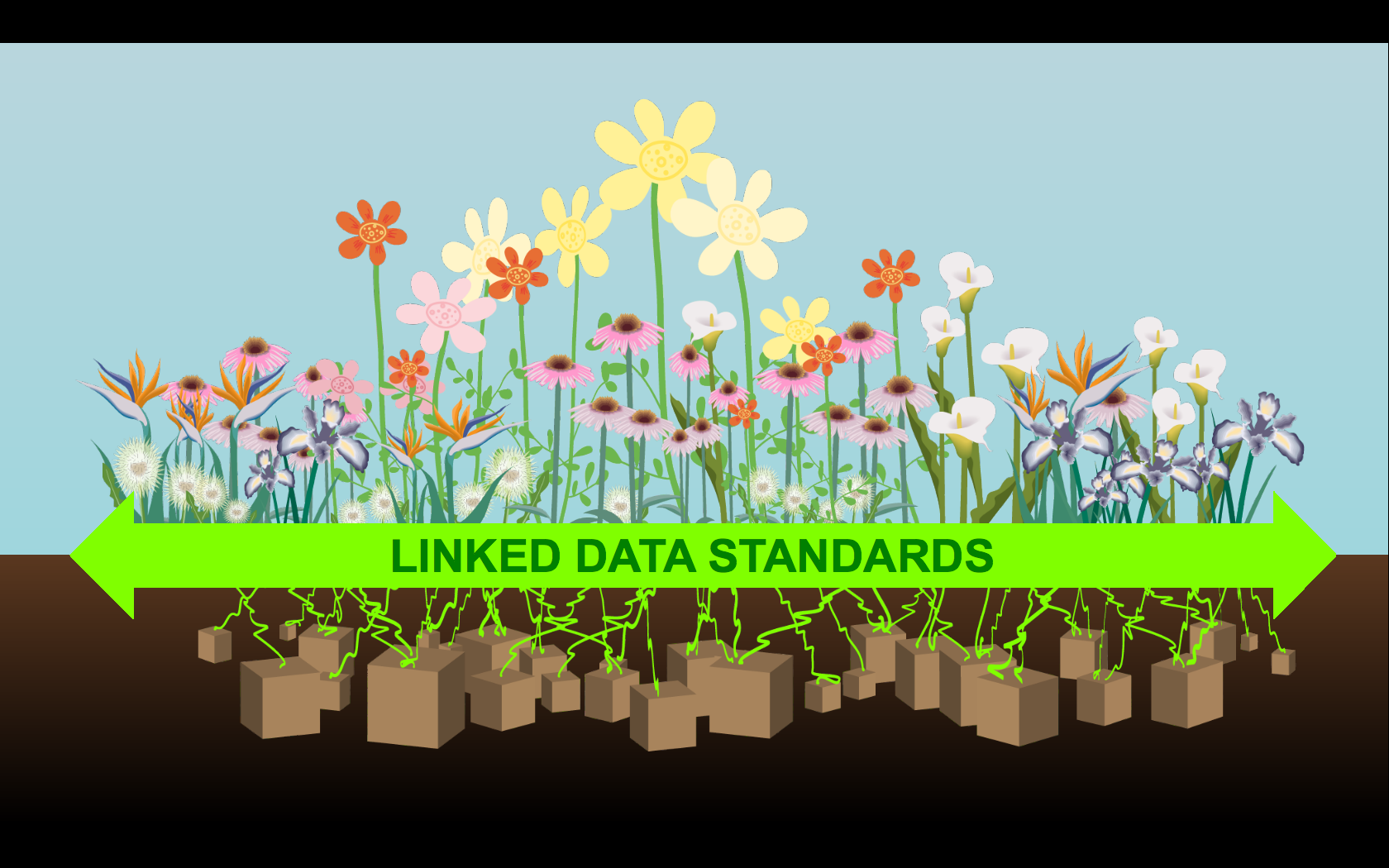
 [Chris Bizer, Richard Cyganiak, et.al.]
[Chris Bizer, Richard Cyganiak, et.al.]
 [Richard Cyganiak, DERI]
[Richard Cyganiak, DERI]
 [Richard Cyganiak, DERI]
[Richard Cyganiak, DERI]
 [Richard Cyganiak, DERI]
[Richard Cyganiak, DERI]
 [Richard Cyganiak, DERI]
[Richard Cyganiak, DERI]
 [Richard Cyganiak, DERI]
[Richard Cyganiak, DERI]
 [Richard Cyganiak, DERI]
[Richard Cyganiak, DERI]
 [W3C Healthcare & Life Sciences Interest Group, Alan Ruttenburg, Jonathan Rees.]
[W3C Healthcare & Life Sciences Interest Group, Alan Ruttenburg, Jonathan Rees.]
 [W3C Healthcare & Life Sciences Interest Group, Alan Ruttenburg, Jonathan Rees.]
[W3C Healthcare & Life Sciences Interest Group, Alan Ruttenburg, Jonathan Rees.]
 [Art: David Simonds. Originally for Economist mag. Used by permission]
[Art: David Simonds. Originally for Economist mag. Used by permission]
